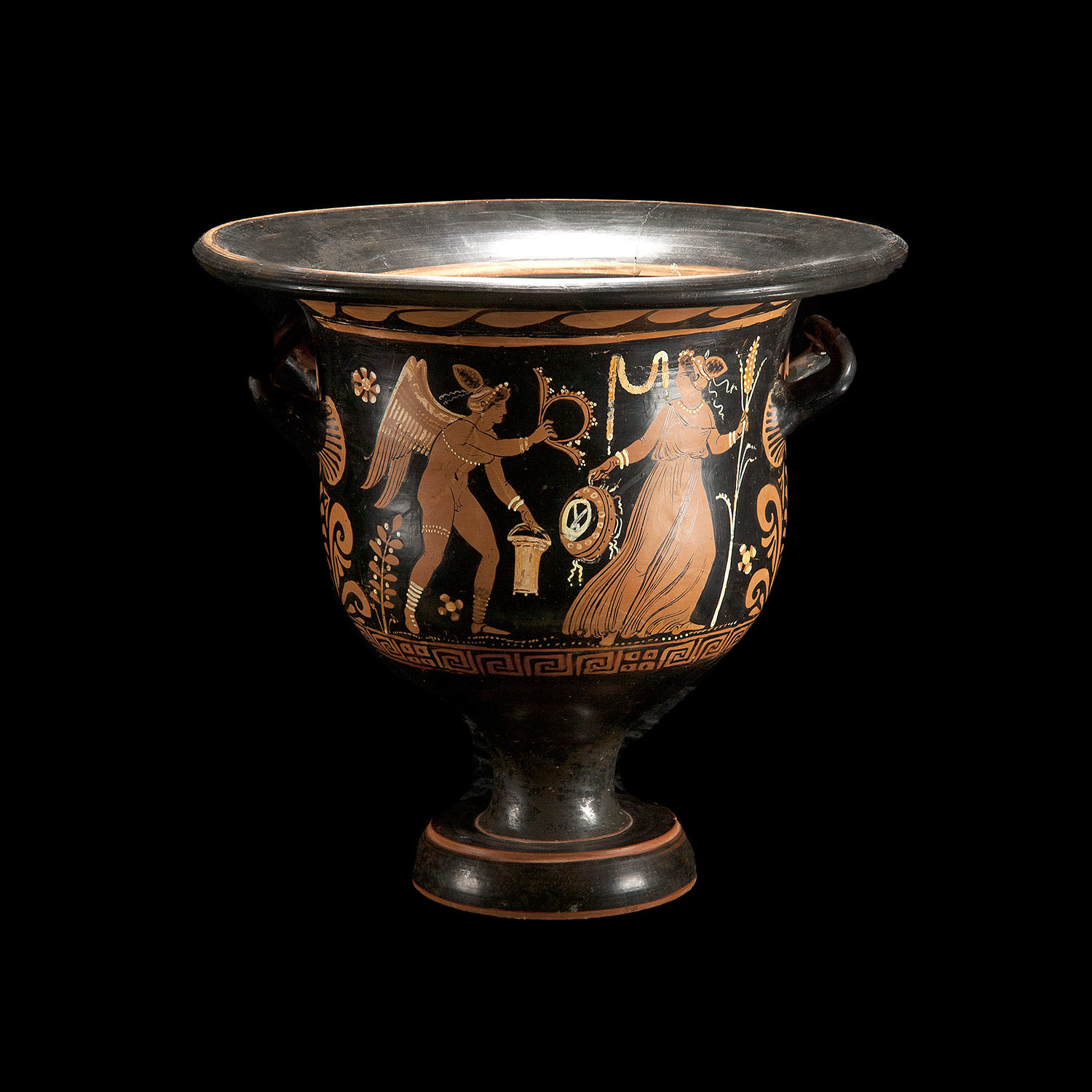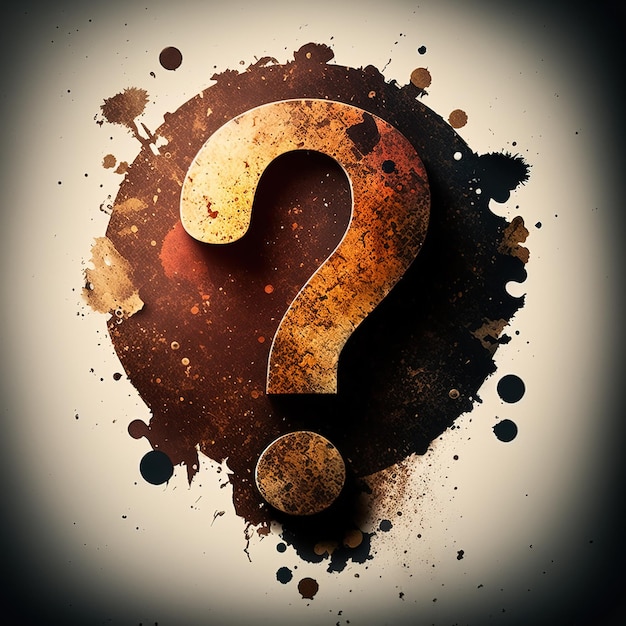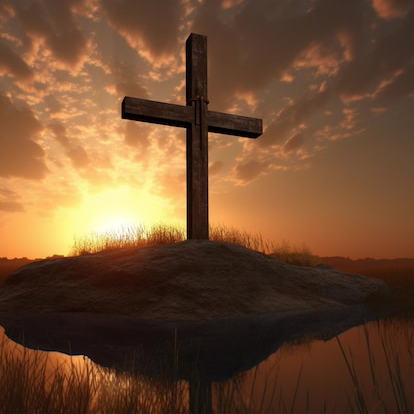n2thelight
Member
- Jun 27, 2007
- 2,534
- 33
What are the four kingdoms written of in the book of Daniel?
Follow along with the video below to see how to install our site as a web app on your home screen.
Note: This feature may not be available in some browsers.






Join Hidden in Him and For His Glory for discussions on how
https://christianforums.net/threads/become-a-vessel-of-honor-part-2.112306/



Strengthening families through biblical principles.
Focus on the Family addresses the use of biblical principles in parenting and marriage to strengthen the family.
Read daily articles from Focus on the Family in the Marriage and Parenting Resources forum.
What are the four kingdoms written of in the book of Daniel?
I would some what differ in my undertstanding of the four kingdoms. I would give a order as to this: 1) Babylon 2) Medio 3) Persia 4) Greece and from this fourth kingdom a little horn shall arise then we know from chapter 8 this is refering to one of the four division of that kingdom. In which Seleucid this little horn described that descrated the temple would be Antiochus IV. In the following chapters like 11 Daniel gives us what know is history between two of the four divided kingdoms as to Selecuid and Ptolemies kingdoms.
And since my fellow preterists describe the "feet & toes" of the Roman empire in a separate section- I will conclude with my statement that the "clay mixed with iron" is the Roman empire & the holy land Judea (as the clay) The prophecy is focused on Jerusalem & Judea -& they were a puppet nation under Roman rule at the time of Herod sitting as the king- & the time of the kingdom of God to be a rock "cut out of the mountain." The Jews were the "potter's clay" (Isa.64:8; Jer.18:6) And they would at that time be mixed with "the seed of men" ie: the pagan Romans. (and worship that Beast too!)
While Daniel chapter 8 & 11 deals with the remnants of the Greek empire & the Greek empire respectively- there are no 4 kingdoms listed in Daniel that end with Greece. Medio-Persia was all one empire. Daniel chapter 11 ends with the show of the 4th kingdom also - the Romans (who plundered Egypt)
Daniel ch. 8 deals with the 4 kingdoms (the Greek breakup) which would eventually be 2- North & South) after Alexander died.
Antiochus IV is the little horn of Daniel 8-
Titus is the 11th horn of Daniel 7.
Right :yesSo now we do have to know which chapter in Daniel you are referring to n2thelight!
Hmm, Well when the great horn of Grecia was broken there were four 'kingdoms' stood up.(v.22) How I understand that in ch.7:24 when speaking of the ten horns out of this kingdom was ten kings. I understand what you're getting at, but would say that I'm not to sure about that verses translation or application of 'kings'. I would think it's would be more in line of prince as Daniel used before, but that's me.And Beck, the 4 are 4 "horns" of Daniel 8- not worded as "kingdoms" Horns mean powers.
That's how I took it as well.But I think n2thelight meant the "kingdoms" in Daniel 2& Nebuchadnezzar's statue.
Yes Im referring to the kingdoms in chapter 2 but my specific reason for asking was,if Daniel prophecised the fall of Rome,how could all prophecy be done in 70ad?
Yes Im referring to the kingdoms in chapter 2 but my specific reason for asking was,if Daniel prophecised the fall of Rome,how could all prophecy be done in 70ad?